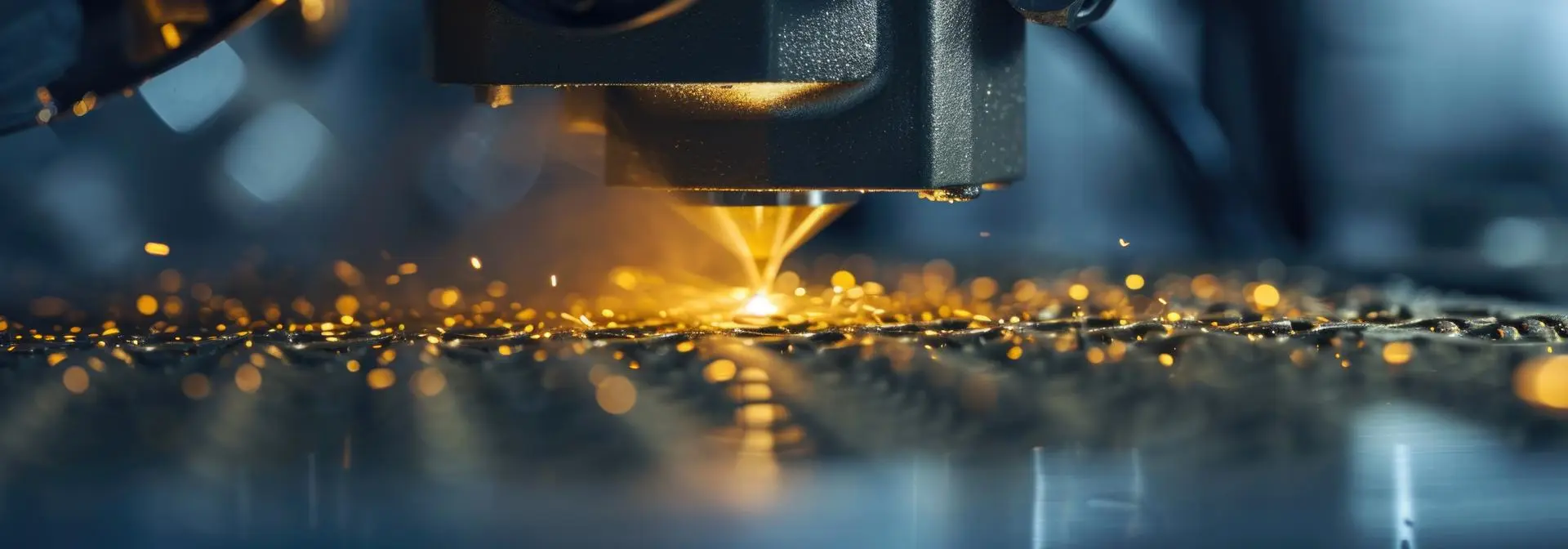Quantum Science and Technology

The Quantum Science and Technology theme investigates the fundamental principles of quantum mechanics and their application into quantum technologies. This is one of our major strengths.
Since 2014, this area has been awarded research funding of over £100M, awarded a range of prestigious Fellowships funded by EPSRC, the Royal Academy of Engineering and the Royal Society, and trained more than 100 PhDs.
We are part of four of the five new national Quantum Technology Hubs funded by EPSRC and commencing in December 2024. We lead the “Integrated Quantum Networks Hub” (IQN Hub), and we are senior partners in the quantum-enabled position, navigation and timing Hub (QEPNT), the quantum sensing, imaging and timing Hub (QuSIT) and the Hub examining the development of quantum sensors for biomedical research (Q-BIOMED).
We host several cutting-edge research facilities, including the “2D Nanofabrication” facility to create state-of-the-art heterostructures of 2D materials, the “Nanoscale Quantum Sensing” facility (which deploys single electron spins to study nanoscale phenomena) and the Quantum Communications Hub Optical Ground Station (which provides the ground link for the UK satellite quantum communications).
Research highlights
Quantum communication and networking
We develop quantum communication systems that enable the secure transmission of data over long distances. We build state-of-the-art single photon source based on nonlinear optical processes or generated by semiconductor single photon emitters.
We pioneer the development of quantum repeaters, implemented for example with rare-earth ions, or single spins in semiconductor quantum devices.
We are leading the implementation of a UK quantum satellite network, that will be enable the establishment of secure channels within remote locations. Our Edinburgh campus hosts the Quantum Communications Hub Optical Ground Station (HOGS), a state-of-the-art telescope for quantum signals from satellites.
Quantum sensing and imaging
We are developing quantum sensors for diverse applications, from materials science to medical diagnostics and environmental monitoring. For instance, sensors based on single electron spins achieve spatial resolutions of a few tens of nanometers, enabling imaging of magnetic fields, temperature, and currents in nanomaterials. These sensors can detect small quantities of bio-molecules, facilitating early disease detection.
We also develop single-photon detectors, and apply them to measure complex quantum states of light, to achieve better depth resolution, image targets through obscurants at kilometre range, and track fast moving objects (including light itself!).
Quantum materials
We engineer high-performance quantum devices, from bright semiconductor single photon sources to quantum memories and spin-photon interfaces in opto-electronic devices, as well as diamond-based quantum sensors.
Additionally, we explore new quantum materials in novel 2D atomically-thin devices. These layers can be assembled into “heterostructures” with tailored material properties, such as superconductivity and exotic magnetism. Our studies on quantum effects in 2D heterostructures employ techniques like optical spectroscopy and in-situ quantum sensors to probe properties at atomic scales.
Our research groups
Quantum Photonics Lab
We engineer and investigate solid-state quantum devices. We deploy them widely, into applications such as secure quantum networks, novel phenomena in next-generation quantum materials, and biomedical sensing.
Website: https://qpl.eps.hw.ac.uk/.
Principal investigator(s):
Single-Photon Group
We are examining single-photon research in quantum communications, quantum-enhanced imaging and sensing, and quantum detection.
Website: https://www.single-photon.com/
Principal investigator(s):
Edinburgh Mostly Quantum Lab
We develop quantum light sources for multi-partite quantum networking and space-based quantum communication.
Website: http://www.mostlyquantum.org/
Principal investigator: Professor Alessandro Fedrizzi
Quantum Theory Team
We study harnessing quantum mechanical properties of nanostructures and light. We are motivated to better understand the physical world and enable novel quantum energy, sensing, imaging, and information technologies.
Website: https://qtt.eps.hw.ac.uk/
Principal investigator: Professor Erik Gauger
Quantum Optics and Computational Imaging
We develop next-generation single-photon optics and computational imaging systems based on classical and quantum technologies. We use advanced cameras, optical detection technology, and computational methods to improve the quality of imaging systems.
Website: https://quantum-optics.site.hw.ac.uk
Principal investigator: Dr Jonathan Leach
Quantum Information Theory
Our research interests are quantum information science, quantum measurements, open quantum systems, quantum optics and quantum technology, often focussed on experimentally realisable and practical schemes.
Principal investigator: Dr Anna Arika Elisabeth Andersson
Theory of Quantum Matter
We study the properties of quantum matter at the interface between quantum optics and condensed matter physics. Our interests span a broad range covering in particular magnetism, topology and gravity.
Principal investigator: Professor Patrik Ohberg
Beyond Binary Quantum Information
We work at the interface of quantum information theory and experiment with a focus on exploring high-dimensional quantum photonic systems. We are developing control over structured light in space and time and applying it to quantum technologies.
Website: https://bbqlab.org/
Principal investigator: Professor Mehul Malik
Theory of Correlated Many-Body Systems
We study correlated phases of matter and the competition between these, such as those appearing in high-Tc superconducting materials.
Principal investigator: Dr Adrian Kantian
Quantum Effects in Space and Time
Our research lies at the intersection of quantum information theory, the field of open quantum system dynamics, and the study of causality in quantum mechanics. We investigate the role and resourcefulness of complex memory effects in quantum dynamics, the demarcation line between classical and quantum phenomena in space and time, as well as the structure of causal and causally disordered quantum correlations.
Principal investigator: Simon Milz